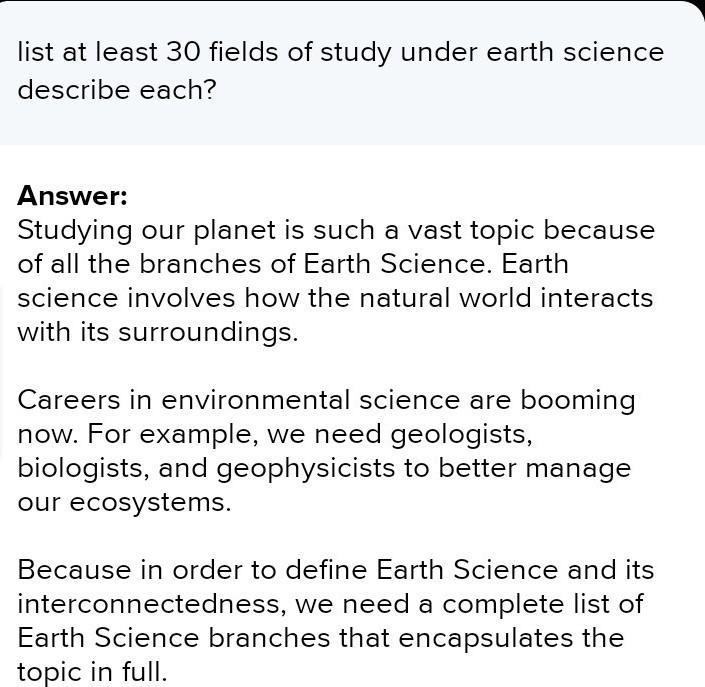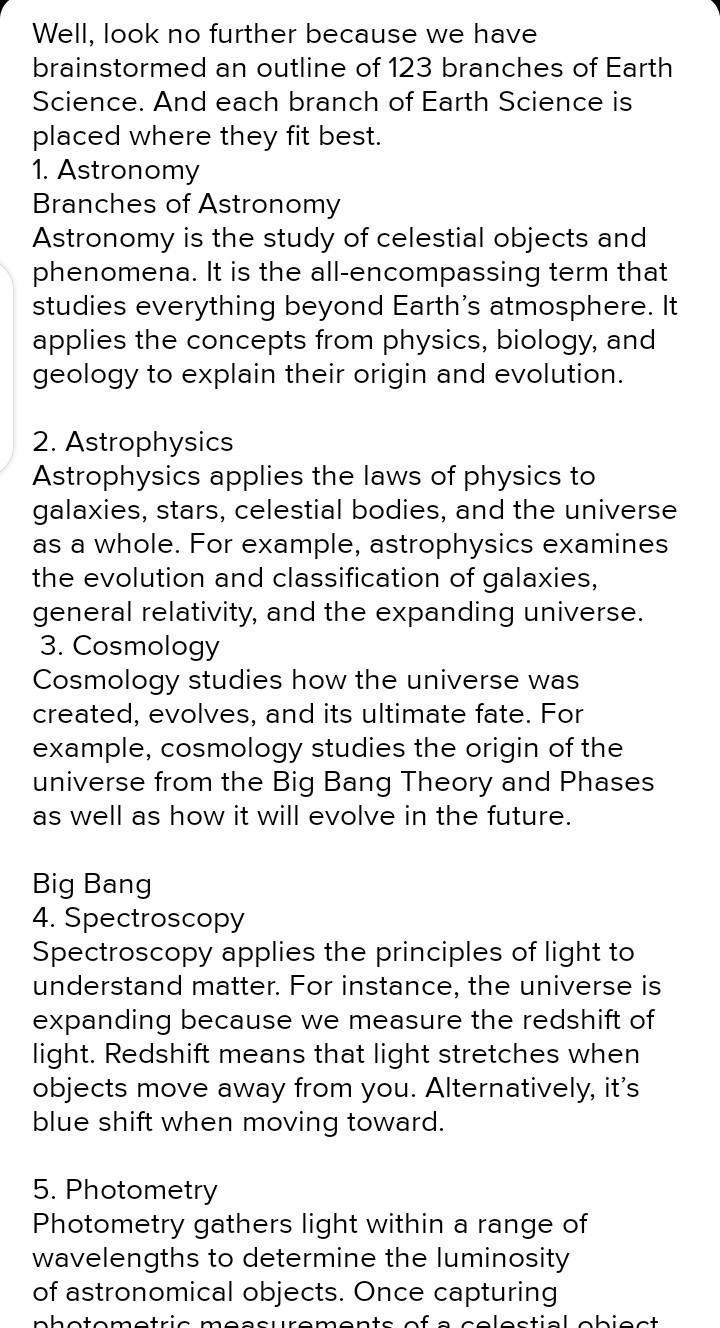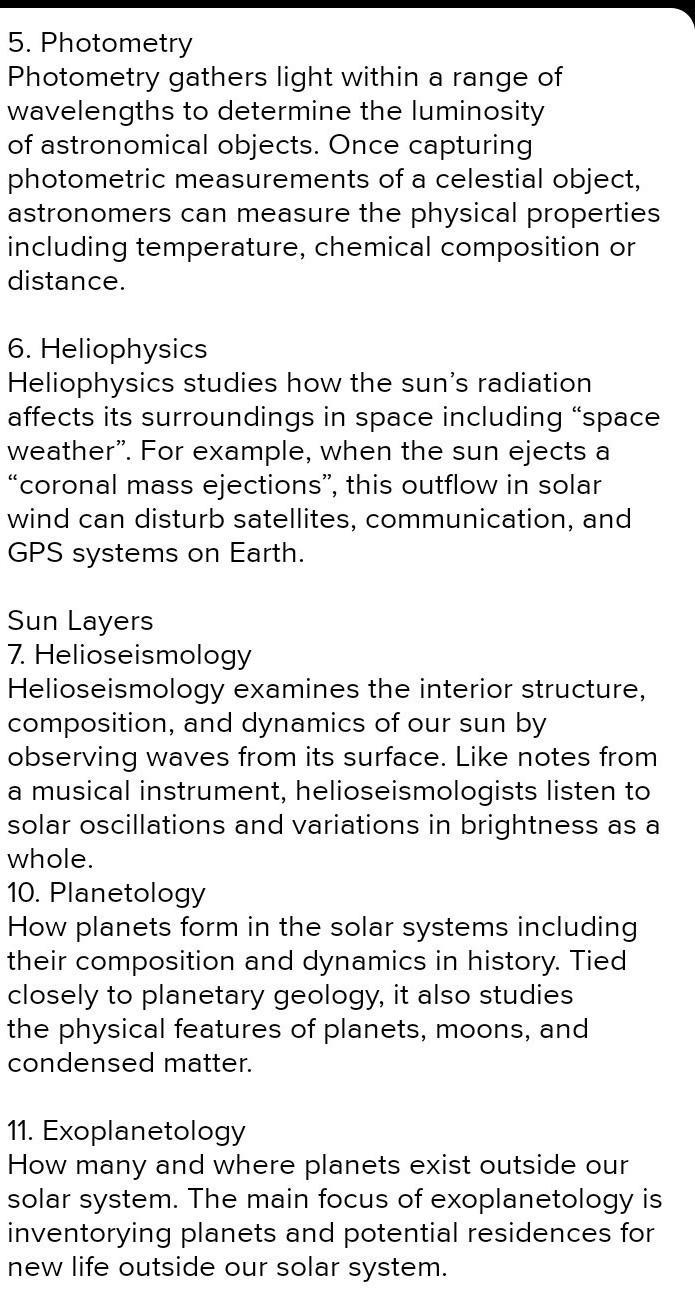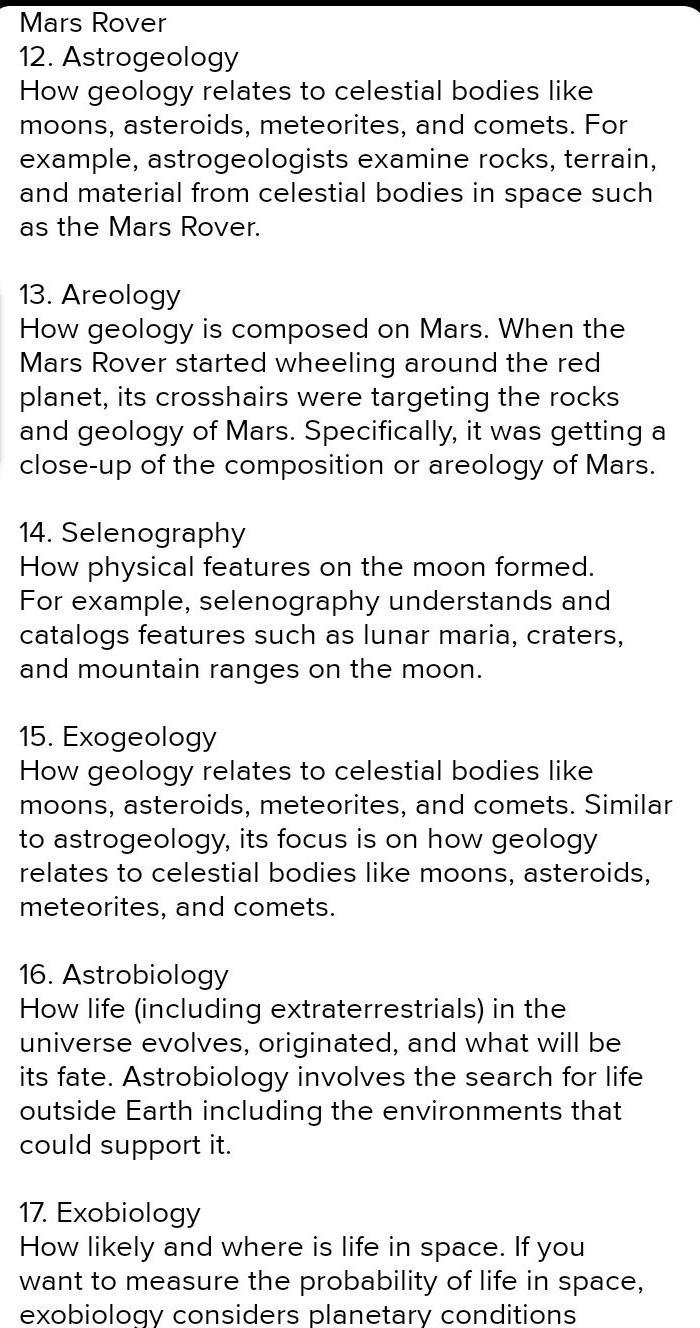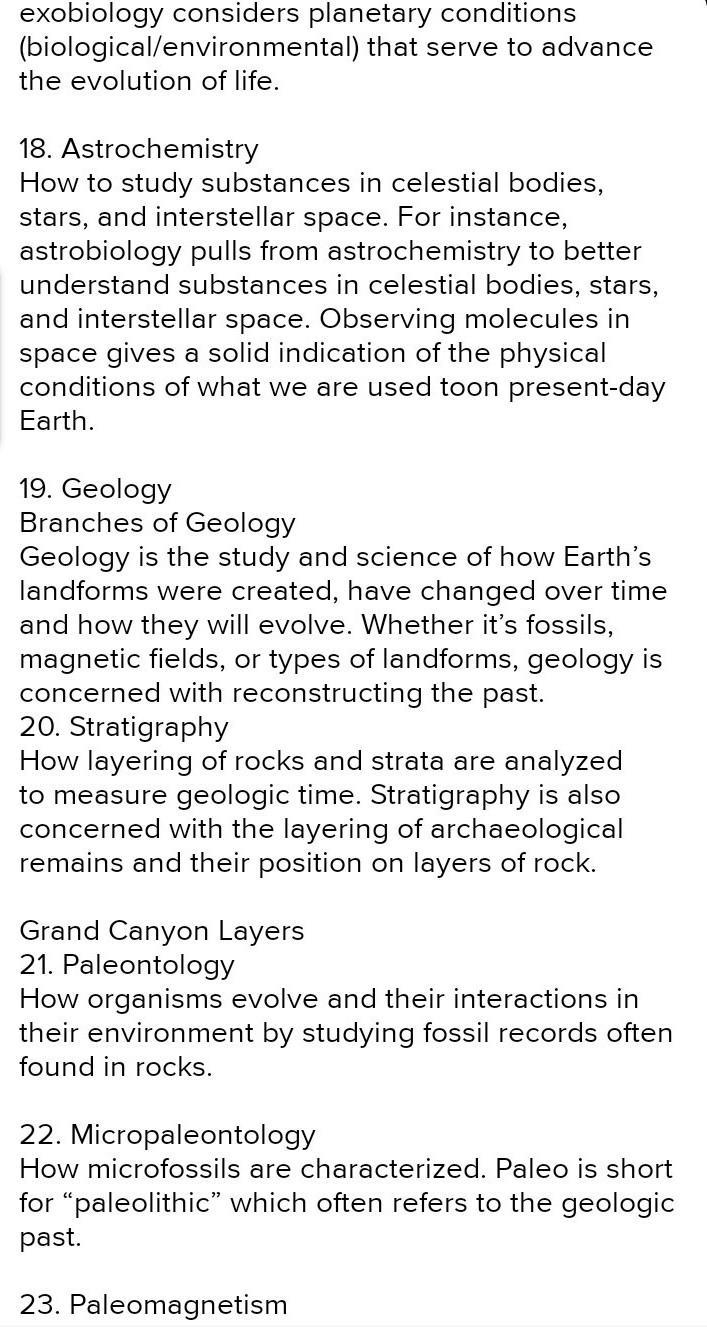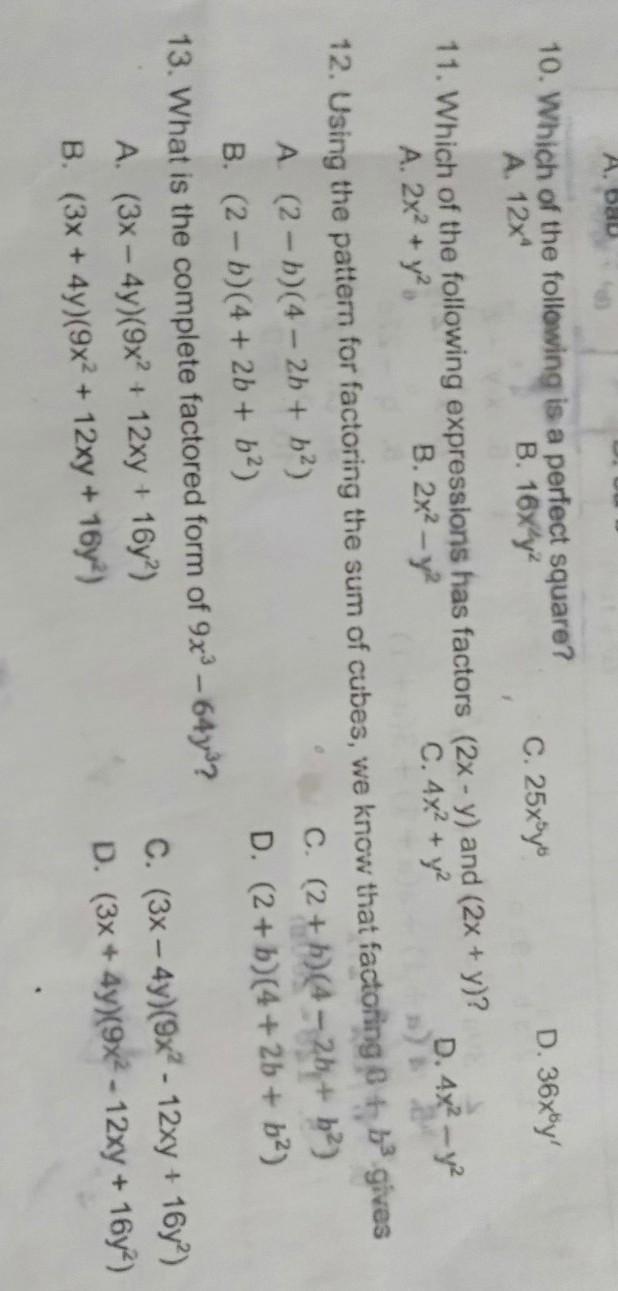24. Geomorphology
How landforms, physical features, and geological structures on Earth were created and evolved.
25. Paleoseismology
How geologic sediments and rocks are used to infer past earthquakes.
26. Magnetostratigraphy
How sedimentary and volcanic sequences are dated by geophysically correlating samples of strata deposited with the Earth’s magnetic field polarity. In a nutshell, this is the field of study that studies magnetic fields in rocks and past pole reversals.
27. Geochronology
How old rocks and geological events are dated using signatures inherent in rocks. Studying layers of rock as it relates to geologic time
Plate Tectonics
28. Tectonics
How Earth’s crust evolves through time contributing to mountain building, old core continents (cratons), and earthquakes/volcanoes. This field applies the underlying principles of plate tectonics to seismology, volcanoes, earthquakes, and other geological events.
29. Volcanology
How and where volcanoes and related phenomena (lava, magma) erupt and form (past and present). As tectonics plays a key role in volcanoes, volcanology describes the types of volcanoes on Earth and their associated risk of impacting the biosphere.
30. Seismology
How seismic waves travel through and around the Earth from earthquakes. We use seismic tomography from earthquakes to see inside our planet and create 3D models of the surrounding layers of Earth’s core.

